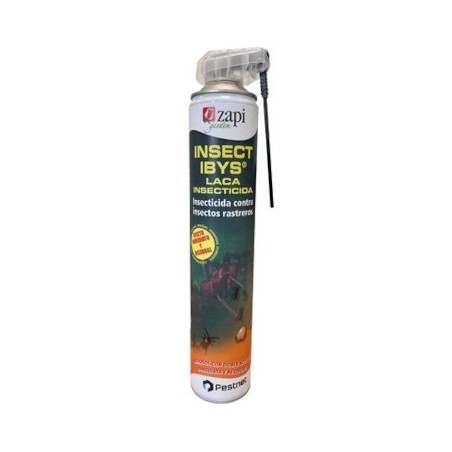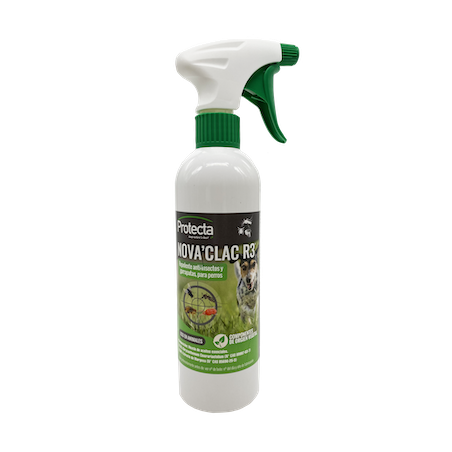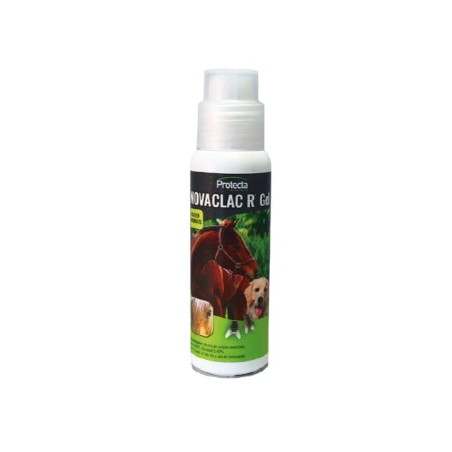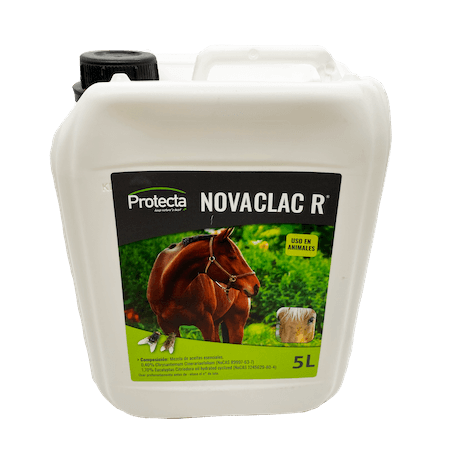In a first part of this article a series of measures were listed in chronological order from the times when the infection is not present in a country and needs to be prevented. In this second part the actions described are the ones needed when the disease is already in the country.
Zoning and compartmentalization: Where the disease is already present, but only in part of a country, then zoning becomes an important strategy towards progressive elimination or eradication efforts. For zoning to be applied, it is key for the national authorities to be able to establish infected and disease-free zones and enforce tight controls on the movement of pigs and products between zones. Compartmentalization is a similar concept/approach where the 'zoning' is based on the creation of sub-populations under a common biosecurity management system, e.g. to separate the high biosecurity commercial sector from the low biosecurity backyard.

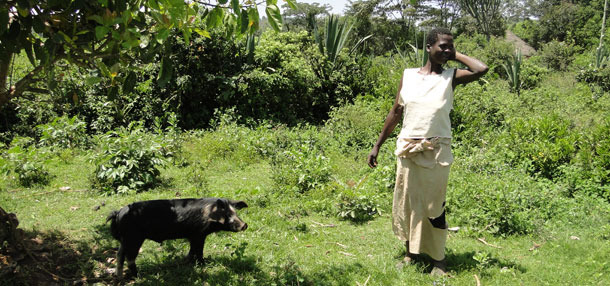
Free range pig tethered to a tree to avoid damage to nearby crops in Homa Bay, Kenia
Movement control: Following an outbreak or suspected case, strict quarantines should be imposed on the premises as soon as possible, i.e. no movement of pigs, pork and potentially infected materials allowed off the property. When free-ranging, pigs should be enclosed. No one should leave the farm without changing (or disinfecting) clothes and footwear. Variable movement restriction areas should be established to prevent disease spread.
Stamping out (and modified stamping out) and disposal: Stamping out consist on the culling of infected animals, plus usually also in contact animals, and even neighbouring premises or dangerous contacts. The slaughter of animals must be conducted (if possible on-site) in a humane way, i.e. respecting animal welfare. After stamping out is completed, carcasses must be disposed of also on-site in a safe manner, i.e. burnt or buried to prevent carcasses utilized for consumption, and to avoid feral pigs or wild boar accessing them. The disposal of very large numbers of pigs in a short time presents major logistic, but also environmental problems. The destruction of carcasses should be followed by the thorough cleaning and disinfection of all premises, vehicles and equipment. The single most important challenge arising from stamping out is that pig owners will reject to have their animals killed in the absence of timely and adequate forms of compensation in place. This will likely translate to the dissemination of the disease through the illegal movement of infected animals and products. Therefore, no stamping out should be applied in the absence of a sound compensation program.
Compensation: Compensation is key to encourage farmers to report outbreaks early. As mentioned above, the lack of adequate and timely compensation for culled animals may lead to 1) outbreaks not being reported; 2) emergency slaughter by farmers either for their own consumption or sale; 3) hiding of animals or their movement to other premises; or 4) inappropriate carcass disposal in areas accessible to domestic, feral or wild swine.
Restocking: Following cleaning and disinfection, depopulated premises should not be restocked for 40 days at least. If sentinel pigs are introduced, which is highly recommended, animals should be monitored (clinically and serologically) for at least six weeks to detect possible re-infections.
Tick control: Elimination of Ornithodorus ticks from infected pigsties can be a challenge, particularly when involving old buildings, because of tick longevity, endurance and ability to hide in cracks that cannot be reached by acaricides. Infested buildings should not be used as pig sties. Moreover, they should be isolated so that pigs cannot enter them, and even destroyed and rebuilt in another location. Blood-sucking insects can mechanically spread ASF virus within herd, so insect control programmes are advisable on infected premises.
Wildlife control: If ASF got established in wild boar (or feral pig) population, effective control would be much more challenging. Hence, the strategy is to minimize contact between wild boar and domestic pigs through fencing of piggeries, limiting the numbers of free ranging or feral pigs, and the immediate disposal of kitchen and slaughtering waste. If the disease became endemic in wild boar, there is controversy about how to best control it. Hunting pressure may be counterproductive, since it may push wild boar to move to other areas. Supplementary feeding will keep wild boar within a known, well-defined area, thus limiting dispersal, but it will also allow close contact between animals and disease transmission. Hunters and hunting clubs can be important partners of the veterinary services in the surveillance and control of ASF in wild boar.





